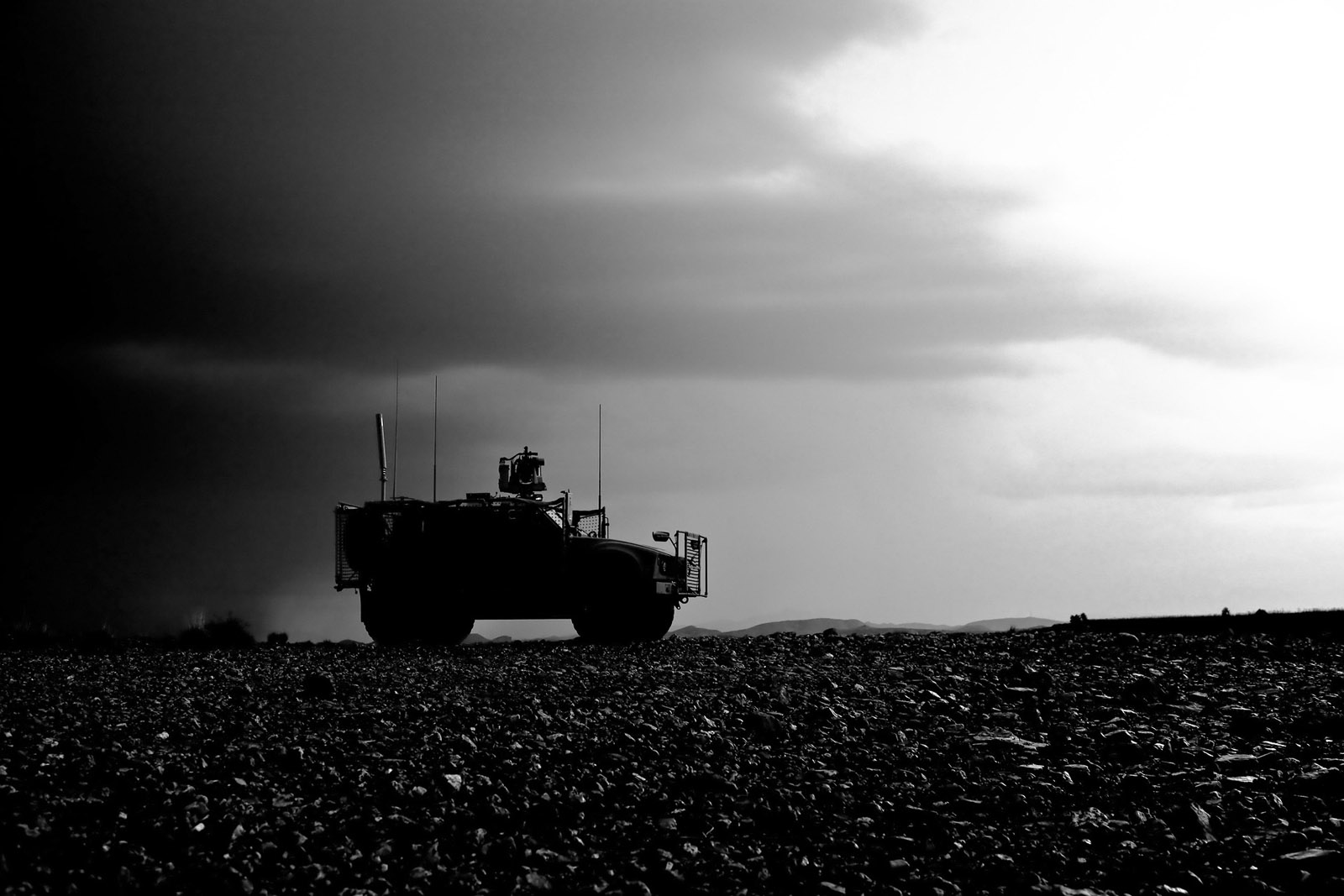In military engineering, performance is defined by milliseconds, millimeters, and mission outcomes. From armored vehicles to missile platforms, today’s advanced systems rely on a wide range of components, both large and small, designed to endure extreme conditions and enhance operational capability. And precision is critical. In high-stakes environments, even the smallest deviation can compromise safety and effectiveness.
At Lesjöfors, we specialize in precision-engineered springs and components built specifically for defense applications, delivering the reliability, consistency and durability needed for mission success.
In this blog, we explore the key types of defense springs and components, the materials that perform under pressure, and why Lesjöfors is a trusted partner for custom military-grade solutions.
How Are Defense Springs Used in Military Engineering?
In defense technology, springs and components perform vital functions such as energy storage, shock absorption, controlled motion, and mechanical stability. They’re essential in systems such as vehicle suspension, missile launchers, aerospace controls, and defense electronics, ensuring reliable performance under extreme loads, temperatures, and environmental conditions.
Key Spring and Component Types in Defense Applications
Compression Springs: Shock Absorption and Energy Storage
Used extensively in suspension systems, weapon recoil assemblies, and vibration dampening, compression springs for defense must perform under intense loads without fatigue. Designed for durability and high-cycle performance, these coil springs provide consistent force and reliability in mission-critical applications.
Gas Springs: Controlled Force in Armored Vehicles
Gas springs for military vehicles deliver smooth, controlled motion in systems such as armored vehicle hatches, doors, and adjustable seating mechanisms. These high-strength, high-performance components enhance safety and ergonomics in confined, armored environments.

Disc Springs: High Load, Compact Spaces
Where space is limited but force is high, disc springs are ideal. Used in missile launch systems, braking assemblies, and shock-mitigating mounts, they deliver reliable load-bearing strength in compact packages.
Pressings and Stampings: Precision for Electronics and Housings
Pressings and stampings for military equipment are engineered with tight tolerances to ensure precision in ruggedized electronics, weapon interfaces, and structural housings. These components support both mechanical and electronic functionality in some of the most demanding environments.
Defense Sector Applications
Armored Vehicles: Suspension, Hatches, and Safety Systems
From springs for armored vehicles that cushion against blasts to gas springs that enable controlled hatch operation, defense springs enhance vehicle safety and performance under extreme conditions.
Aerospace: Landing Gear, Control Surfaces, and Avionics
In the air, there’s no room for error. Aerospace defense springs, compression systems, and precision pressings support landing gear, control mechanisms, and avionic systems, performing reliably in fluctuating pressure and temperature environments.
Naval Systems: Corrosion Resistance and Durability
Saltwater, pressure, and vibration demand robust design. In naval systems, components are engineered from corrosion-resistant materials to support watertight doors, vibration isolation systems, and missile launchers in marine conditions.
Defense Electronics: Rugged Connectors and Switches
Springs and stampings are fundamental parts of defense communications equipment, ensuring switch responsiveness, connector durability, and mechanical resilience in control panels and mobile electronics.
Portable Equipment: Weapon Systems and Field Gear
Custom defense springs are built into recoil mechanisms, safety triggers, and field electronics. Lightweight yet strong, these components help soldiers carry, deploy, and rely on essential gear in dynamic environments.

Materials Used in Defense Springs and Components
In the defense industry, spring material is as important as the design itself. At Lesjofors, we work with an exceptional range of metals and alloys, to meet the mechanical, thermal, and corrosive demands of military applications. These include carbon and stainless steels, copper and titanium alloys and superalloys, such as Inconel, Hastelloy, and Nimonic.
We also stock one of the world’s largest global supplies of chrome silicon and chrome vanadium.
Stainless Steel (e.g., 17-7, 316L)
In military engineering, stainless steels like 17-7 and 316L offer a strong balance of corrosion resistance and fatigue strength.
Defense Equipment Examples
- Hydraulic dampers in landing gear
- Mounts for communication modules
- Spring-loaded mechanisms in field kits
Inconel and Superalloys
These high-nickel alloys are ideal for extreme temperatures and pressure differentials.
Defense Equipment Examples
- Springs in missile systems
- Aerospace engine components
- Heat-resistant seals and clamps
Titanium and Titanium Alloys
Known for its strength-to-weight ratio and corrosion resistance, titanium is suited to advanced systems.
Defense Equipment Examples
- Aerospace defense springs
- Lightweight components in portable equipment
- Structural supports in radar assemblies
Elgiloy and Cobalt Alloys
Elgiloy and cobalt alloys provide excellent performance in cyclic loading and corrosive environments.
Defense Equipment Examples
- Springs in naval defense systems
- Components for electromagnetic shielding
- Control switches in missile technology
Phosphor Bronze and Copper Alloys
These alloys provide excellent conductivity, they resist wear over time, and they maintain stability under load.
Defense Equipment Examples
- Contacts in defense communications equipment
- Spring arms in ruggedized electronics
- Electro-mechanical housings

Custom Spring and Component Design for Defense: Why Choose Lesjöfors
At Lesjöfors, our global network of engineers and production facilities specializes in high quality, custom defense springs and components tailored to your exact specifications. We adhere strictly to military-grade standards, ensuring quality, traceability, and compliance across every order.
What sets Lesjöfors apart is our continuous investment in innovation, advanced material science, and sustainable manufacturing practices. From concept and prototype to production, we collaborate with defense partners to deliver solutions that are reliable, scalable, and field-tested.
Meet Us at Defense Technology Event
This September, you’ll find Lesjöfors at DSEI – Defence and Security Equipment International in London, where we’ll showcase our full capabilities in high-performance springs for defense. Meet the team and learn how our components support operations across land, sea, air, and space.
Contact Lesjöfors for Custom Defense Solutions
Have a defense technology challenge or a question about springs and components? Get in touch with our expert team to start building your next generation of military hardware.
Defense Springs FAQs
We use advanced materials, including stainless steel, Inconel, titanium, cobalt alloys, and phosphor bronze, each selected for its strength, corrosion resistance, and performance under extreme conditions.
You’ll find our springs and components in armored vehicles, missile systems, aerospace controls, naval systems, communications equipment, and portable weapon platforms, supporting critical functions across every domain.
Compression springs, gas springs, stampings, and disc springs are widely used for energy storage, controlled motion, and shock absorption in high-load, high-stress defense environments.
We meet strict military standards through rigorous testing, full material traceability, and quality-controlled production across our global facilities.
Yes, our engineers work closely with defense partners to design and manufacture custom springs and components to meet your specific requirements.


